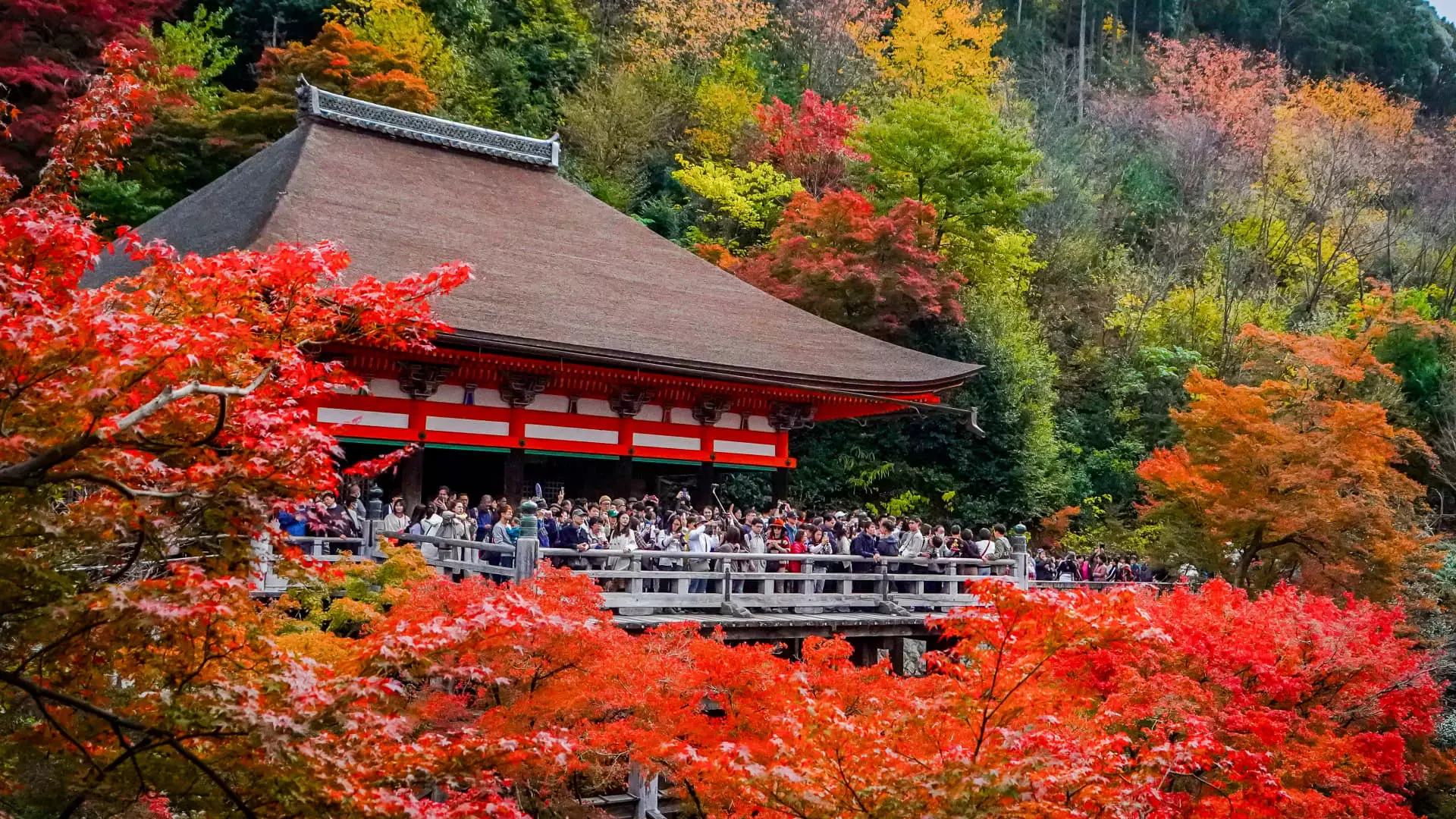As the temperatures dip and autumn settles in, Japan finds itself in a fascinating juxtaposition; while nature prepares for a seasonal transition, the tourism industry is experiencing an unexpected resurgence. Reports from the Japan National Tourism Organization indicate that August and September saw over 5.8 million foreign visitors, numbers reminiscent of pre-pandemic times. In fact, this surpasses the figures from the corresponding months in 2019, a remarkable feat deemed nearly unprecedented given the previous global disruptions caused by COVID-19. The current trend signals a robust recovery, driven largely by a revival in international travel, particularly from China.
The Chinese Comeback
Historically, China has occupied a pivotal role in Japan’s tourism landscape, accounting for a staggering 30% of the total foreign visitors before the pandemic struck. The recent rebound of Chinese travelers, commencing in June, plays a crucial part in shaping the current tourism narrative. September saw a remarkable leap in numbers, with visitor figures doubling from 2023 to 2024. When considering the cumulative nine months, the statistics reveal a staggering 228% increase in arrivals from China this year compared to last. Despite these exciting figures, it becomes clear that there is still potential for growth, considering that the pre-pandemic benchmark was nearly ten million arrivals.
Beyond Borders: A Diverse Tourist Landscape
While interest from Chinese travelers has undeniably skyrocketed, Japan is experiencing a diversified influx of tourists from various regions. Notably, travelers from North America and the Asia-Pacific are edging ahead of pre-pandemic levels, contributing significantly to the tourism pie. Statistics reveal a remarkable 153% increase in American tourists between January and June 2024 compared to the same period in 2019. Other countries such as Canada, Australia, Singapore, and New Zealand have also joined the ranks of increased visitation.
This burgeoning diversity is crucial not only for economic benefits but also for cultural exchange and the enrichment of the tourist experience across Japan. The distinct spending behaviors between these groups further highlight the unique advantages they bring; visitors from North America and Europe tend to stay longer and spend more on food and accommodation, while Asian tourists are predominantly focused on retail experiences.
A pivotal driver behind the current spending trends among international tourists is the favorable exchange rate brought on by the weak yen. Travelers from America, Singapore, and Europe are taking advantage of these circumstances, leading to increased retail spending—a critical win for Japan’s economy at this juncture. The dynamics surrounding currency values can have far-reaching implications, influencing travel choices and expenditures, and thus playing a definitive role in shaping the landscape of international tourism.
A Balancing Act: Growth and Overtourism
As the numbers of incoming tourists are projected to reach 35 million by the end of 2024—exceeding pre-pandemic levels—there is a palpable concern about the ramifications of such growth. Overtourism poses a significant challenge, particularly in high-demand destinations such as Kyoto, Tokyo, Osaka, and Okinawa. Reports indicate that attractions like temples and gardens are experiencing increased congestion, undermining the tranquility that many seek in these iconic locales.
An interesting insight reveals that while Kyoto recorded a record high of 68% foreign guests in April 2024, Tokyo catered to only 36%. In contrast, regions outside these heavily frequented areas saw foreign guest ratios below 10%. This striking difference demonstrates that while certain hotspots may thrive, there remains ample opportunity for diversifying tourist traffic and promoting lesser-known destinations.
With commendations from trend rankings such as Expedia’s “Unpack ’25” and Lonely Planet’s “Best in Travel,” Japan is poised to capture the imagination of travelers in the coming years. The ambitious goal of welcoming 60 million visitors by 2030 signals a commitment to not only recovering travel numbers but expanding them significantly beyond pre-pandemic heights.
The path forward will require a delicate balance between embracing the opportunities that increased tourism offers while addressing the persistent challenges of overcrowding. Strategies to entice visitors to lesser-known gems, alongside maintaining the essence of Japanese culture and hospitality, will prove essential. As Japan welcomes the crisp air of autumn, its tourism industry stands not only as a beacon of resilience but as a testament to growth, diversity, and the enduring allure of this remarkable nation.


Leave a Reply